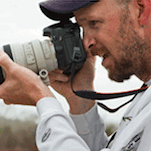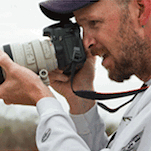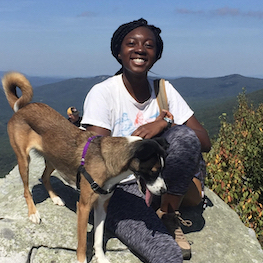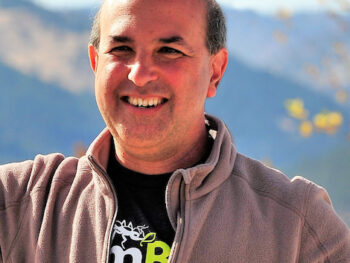Teachable Moments Series

Like many ecologists, I was drawn to the field for the promise of exploring spectacular remote landscapes populated by herds of migrating caribou, white wolves, and little else. My master’s research embodied this. I spent three summers sitting in a rocky nest, watching pikas scamper over talus slopes and out on to the lush alpine meadows of the Beartooth Plateau for forage. The plateau is beautiful, but remote. It lies east of Cooke City, MT, the gateway “city” to Yellowstone’s northeast entrance. Few people venture beyond the Beartooth Highway, which snakes down to Red Lodge, the closest thing to a metropolis for hundreds of miles.
I loved it. I loved that it was isolated and hard to reach. I loved that its flora and fauna were nothing like the woods surrounding the New Jersey home in which I grew up. And, I loved that it was removed from the obvious impacts of people and the way we modify the landscapes in which we live. Unfortunately, the remote, isolated nature of the Beartooth meant that the work that I did in those mountains feels otherworldly if not simply pointless to many of the students that I’ve since taught. After all, according to the U.S. Census, only 21% of Americans describe their neighborhood as rural with the rest of viewing their neighborhoods as urban (27%) or suburban (52%). Even in a state like Montana, where I’ve done most of my teaching, only 44% of people live in rural areas. And, of course, most of these people don’t live on craggy mountain slopes, but instead populate the ranches and small towns of its valleys and plains. In short, the average Montana college student is only slightly more likely to have spotted a pika on a mountain hike than the typical student from New York City. All of which begs the question, why don’t we spend more time teaching students about the ecology of the places in which they live?
I am not the first to ask this. The urban Long-Term Ecological Research (LTER) sites of Baltimore and Phoenix were established, in part, to address the fact that so much ecological research was historically conducted in rocky, icy landscapes. They successfully argued that it is not only important to study ecology in cities but to also study the ecology of cities. Ecology of cities tends to ask questions such as, is there something fundamentally different about cities that affects common ecological patterns and processes? For example, how do irrigation and land-use practices affect the distribution of scorpions and other arthropods? This research often draws on well understood survey and experimental techniques and is well-suited to student projects – even work by very young students! Critically, ecology courses that focus on local questionns – did the depopulation of campuses during the COVID pandemic affect urban coyotes? – are more likely to engage students and to help convince them of the discipline’s relevance.
However, this is just one aspect of urban ecology. The ecology of cites examines cities as ecosystems in their own right. Like streams, urban ecosystems rely heavily on energy imported from other ecosystems – they are heterotrophic – and dramatically alter the way in which nutrients flow through and cycle within them. What’s more, the biogeochemical cycles of urban ecosystems are well-suited to a budgetary analysis, as has been shown in both Phoenix and St. Paul, a fact we leverage in our chapter on Nutrient Cycling. All of which is to say, that urban ecosystems offer rich opportunities to expose students to the fundamentals of ecosystem ecology in a way that is both place-based and relevant. After all, if we can figure out how cities work — if we can create a robust ecology of cities — we can start to create an ecology for cities, one that will empower our students as they design cities that are sustainable and resilient.






 Tackling Climate Change
Tackling Climate Change

